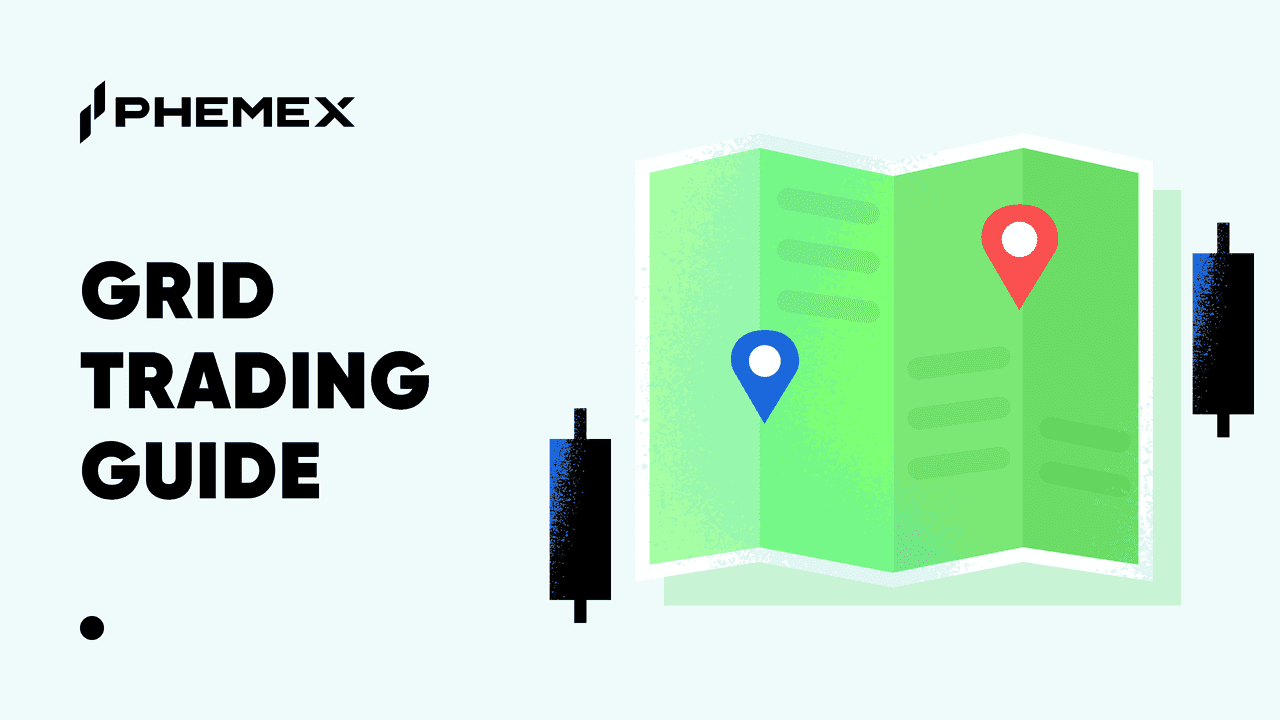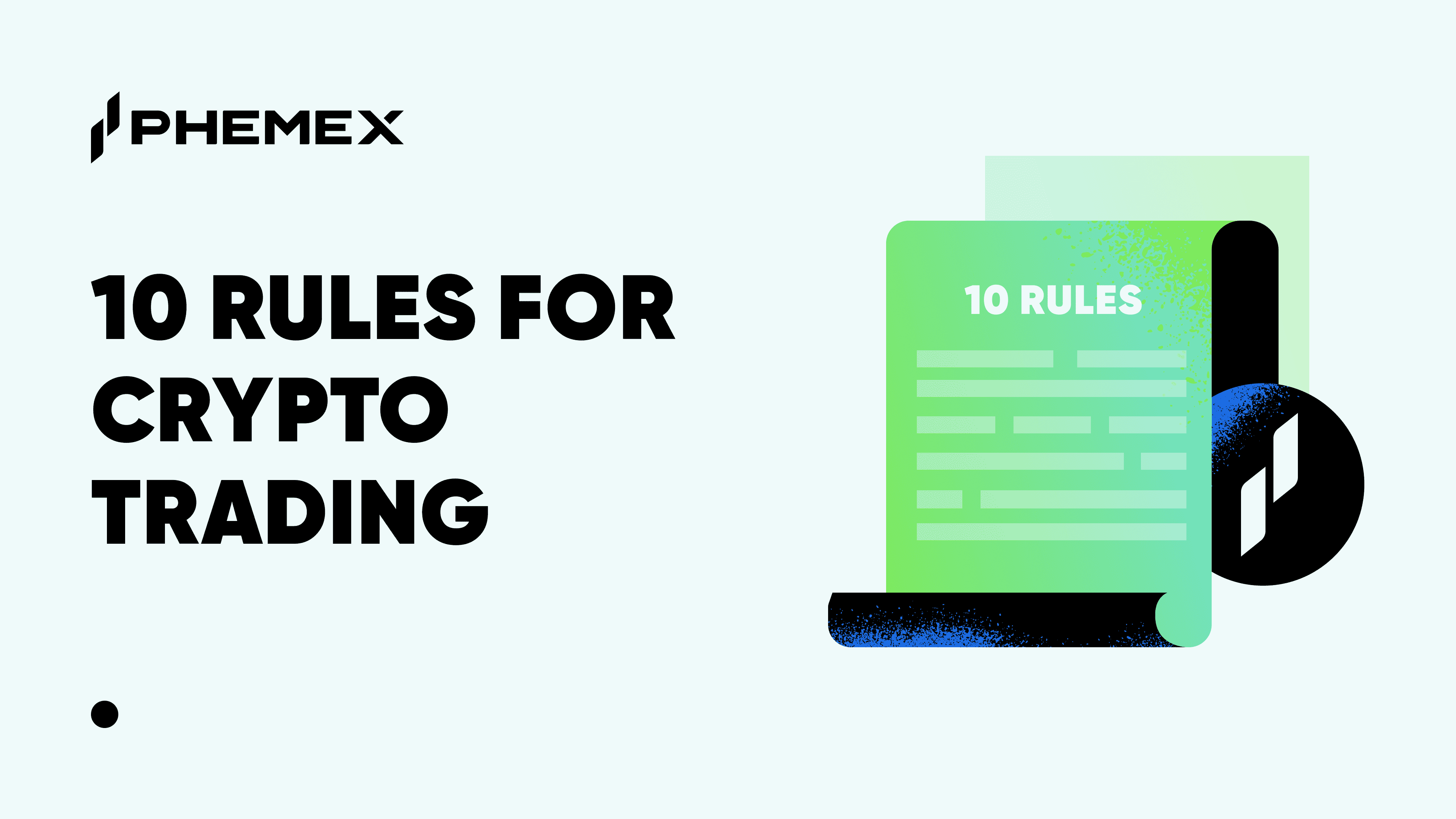Let’s briefly examine the most important aspect of any trading system, position sizing, or specifically how much we will bet on any one given trading idea.
Just like money management in everyday normal life, this is what will make or break our ability to succeed in the long run. You must think of your trading practices as a business. Improper position sizing will be the first thing to send your business into bankruptcy.
Imagine if you had just sat down at a poker table. Would you go all-in on the first few hands? Even if you had the best hand possible, while you might bet more, you would not likely risk your entire chip stack on any single bet.

What is position sizing in crypto trading?
In crypto trading, you will take losses, this is a guarantee. Part of the reason we journal and document trades is to get an idea of how many trades we can expect to lose in a given sample. Even a system that wins 3 out of 4 times still has a 78% probability of incurring a streak of 4 losses in a row. At a 50%-win rate, there is a 78% chance of having 8 losses in a row. Such a string of losses can draw down an account to unrecoverable levels.
So, you might think, “that’s ok, I only risk 1% of my account per trade”. The problem with this is that your trade invalidation or proper stop placement is not always going to be exactly 1% away. This also does not even account for transaction costs and slippage. Position size should be tailored to your risk limits and account for our trade invalidation, or stop distance.
How can I calculate and manage position size?
There are a few different ways that traders can calculate and manage position size, but the 4 main options are – units per amount of money, equal units model, percent volatility, and the most commonly used, the percent risk.
The Percent Risk Model Explained
For beginners, the percent risk model makes the most sense. In the percent risk model, we first need to identify what we are comfortable risking per trade. To illustrate this, let’s start with 1%, a value that can ultimately change as the trader becomes more familiar with the performance of their system.
Imagine trader ABC has an account value of 10,000 USD and is willing to risk 1% per trade. This means that the maximum they are willing to lose per trade is 1% of their account value. The mistake is in thinking that they will only use 1% of their account to purchase shares. No, instead they tailor their positions based on the idiosyncratic risk associated with those positions.
Now, sometimes ABC will find trade setups that have perfect stop placements 1% away from their entry and can use the entirety of their account balance in each trade. While this might not be the best idea as it would leave them without any cash on the side to add, it is possible. However, it is much more likely that there will be plenty of times where although their initial risk is 1%, the proper stop placement for the trade is greater than this value. In which case, if they placed a trade with their entire account balance, they would be risking more than their system allowed for.
Below we have an example of a trade setup where ABC is buying a dip and placing a stop below the low of the structure. In this example, ABC is willing to risk 1% of their account per trade, but the proper stop distance for the trade is 2%. Their account balance is 10,000 USD.

What we do in this case is to divide the initial risk by the stop distance.
Risk % ÷ Stop % = Position Size %, or 1 / 2 = .5
We now multiply this value by our account balance to get a value of 5,000 USD.
Now if we take a position worth that amount and are stopped out in a 2% move, we still have only lost 1% of our account value. The stop distance and risk is now incorporated into the position sizing.
Please keep in mind that although this is a great starting point, it does not consider costs, slippage, or even performance streaks where traders might want to increase their size and take more risk on higher probability bets. Stay tuned for more educational articles that will help you progressively improve your skills as a crypto trader.
By Ryan Scott (@CanteringClark)
Related crypto trading tips:
Using volume profile to predict future price interactions
Placing Stops and Defining Trade Invalidation
For any inquiries contact us at support@phemex.com.
Follow our official Twitter account to stay updated on the latest news.
Join our community on Telegram to interact with us and other Phemex traders.
Phemex, Trade Simple
Read More
- What is Position Trading: The “HODL” Alternative for Bitcoin Trading
- How To Trade Crypto: The Ultimate Investing Guide
- Open Position & Close Position: What It Means In Crypto Trading
- Hedging Bitcoin: 5 Risk Management Strategies in Crypto Trading
- Placing Stops and Defining Trade Invalidation
- Crypto Trading vs. Investing: Key Differences Explained
- Avoiding Common Trading Mistakes
- How to Measure Liquidity and Use It to Make Trading Decisions?








